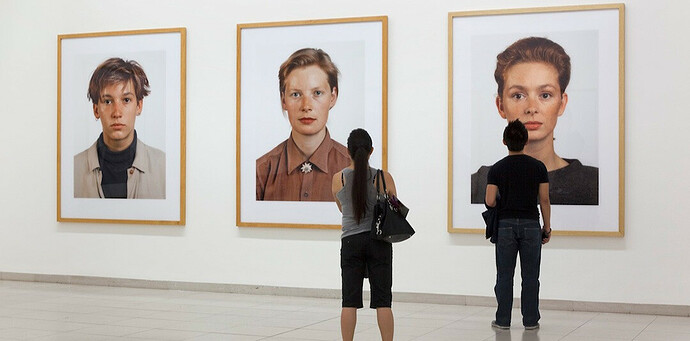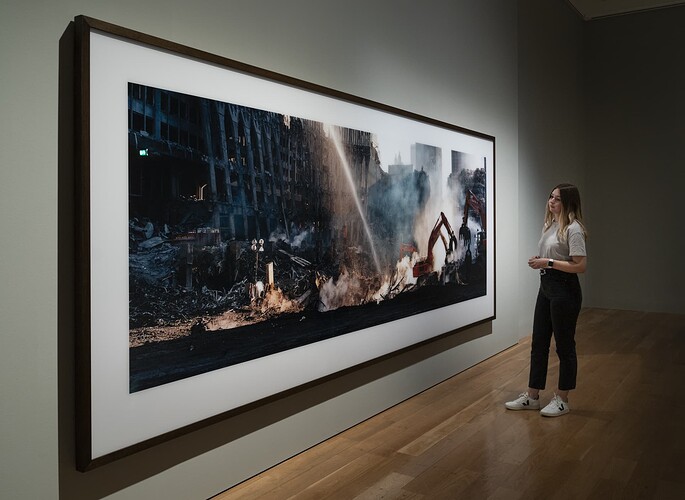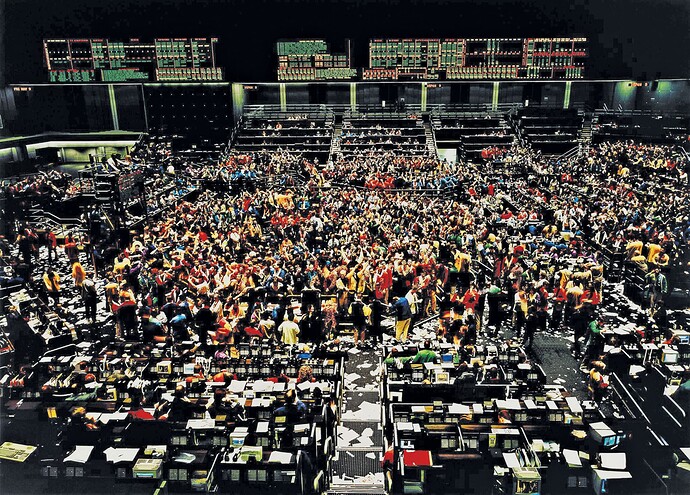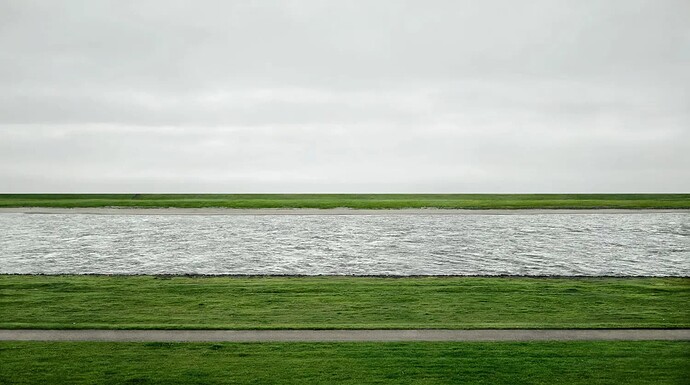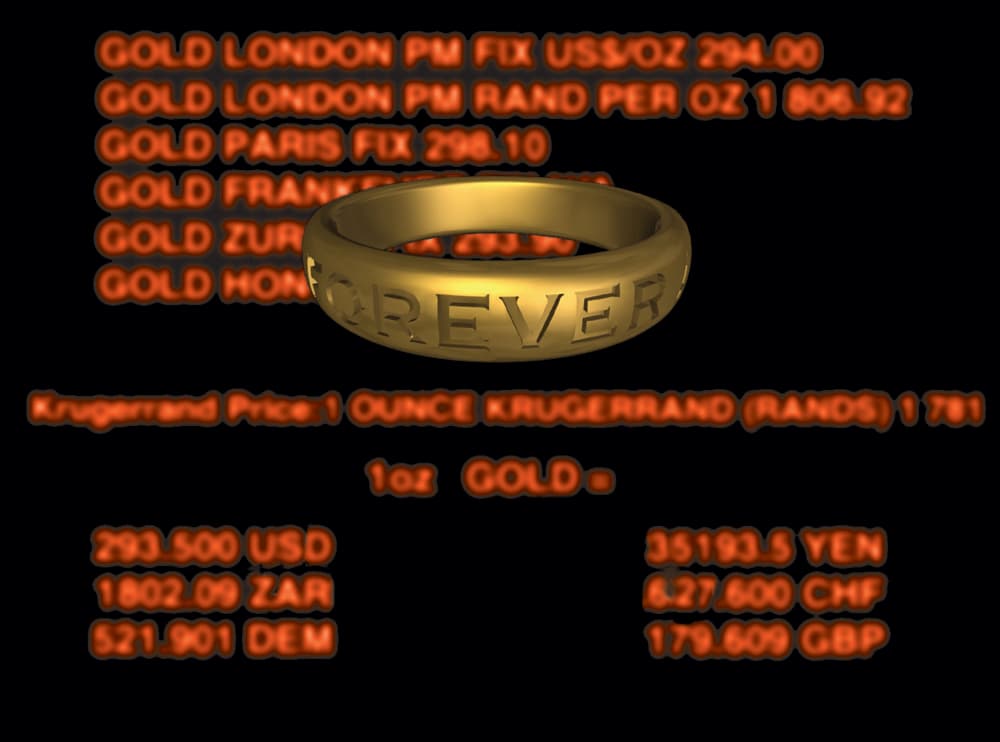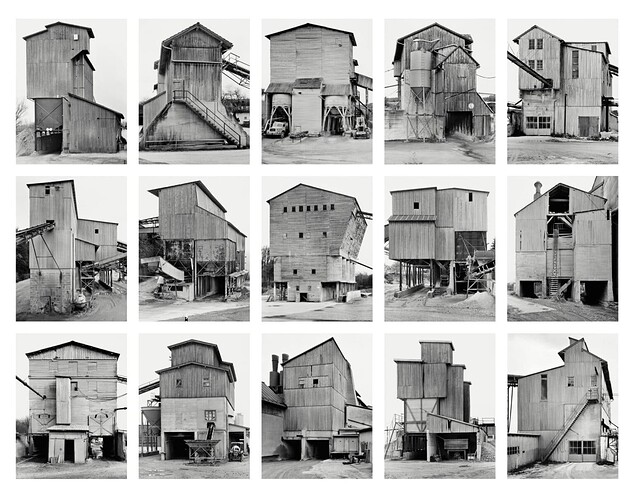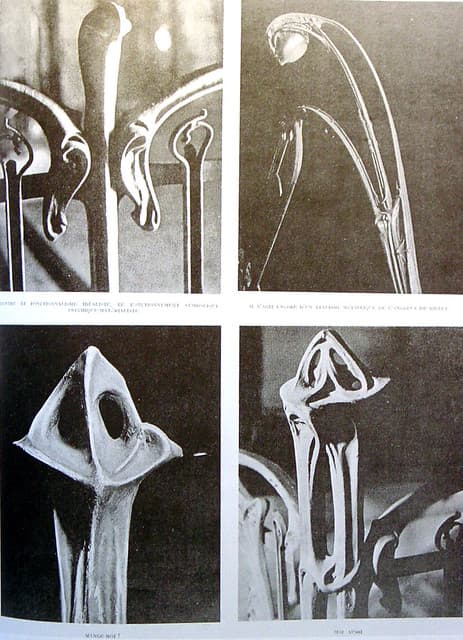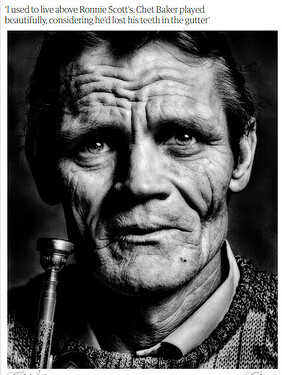http://www.pierreverger.org/en/photograph-collection/photo-library.html
Thanks for posting this – it reminded me instantly of the books I bought as I was becoming interested in photography back in the days before colour photography.
I went downstairs looking for them on very untidy, unkempt book shelves, and found the covers a bit dusty, a bit worn, but all photos within are intact and pristine.
I believe there are only about 8 photos in colour in all these books.
BILL BRANDT / shadow of life.
CREATIVE PHOTOGRAPHY Helmut Gernsheim
Photography Yearbook 1969.
THE FAMILY OF MAN – from the exhibition at the Museum of Modern Art.
THE HISTORY OF PHOTOGRAPHY, Beaumont Newhall, The Museum of Modern Art.
The Portfolios of ANSEL ADAMS.
I haven’t heard of Pierre Fatumbi Verger before, so will explore his interesting website.
Generally photography translates into books much better than paintings. Size of the oringinal is usually much less important in rhe former, though I can think of a couple of exceptions, both German.
Firstly, Thomas Ruff’s uneasy giant passport style portraits, that I’ve seen many times around the world. attacks
And secondly, the film director, Wim Wenders’ cinematic wide-angle panoramic views of the clearing of Ground Zero after the 9/11 attack, which I’ve only seen once - in E’bro, but not sure where.
The ‘apocalyptic sublime’ in the grand tradition of Poussin’ and C19th John Martin, or if that’s too problematic a term, ‘disaster porn’, but either way absolutely unforgettable
I’d probably add to that Andreas Gursky, who is also German. He had an exhibition in London a few years back and we slipped down to see his work. Rhein II was inevitably there in all its massiveness, but I’d also suggest a lot of his work would lose its impact at A4 or less.
Gursky’s been one of my favourite photographers for many years, but I’m less sure about size being essential to appreciation to as much of his oeuvre as my two egs, ie. his work looks great full size, but we can usually still grasp its essentials in small scale reproductions . I think the same can be said of Sebastião Salgado. Whereas with my two original egs, the size of the print in relation to the spectator is essential to the works’ impact.
I saw Gursky’s retrospective at Istanbul MoMA a few years ago and was very smug about being able to spot and point out to OH the joins in his large composite photo Chicago, Board of Trade where one trader appears twice. I think he must have used more than one camera that didn’t all shoot at exactly the same instant.
But perhaps @captainendeavour can enlighten us on that.
I would expect a relatively simple multiple exposure/layers/masking/blending approach as the easiest path. Basically I’d expect him to just walk around, probably with the camera on a tripod, covering the various angles and groups he wanted. It was made in '99 using the images scanned from film, and knowing how slow computers were handling high-res files in those days, it much have been a labour of love.
For me, the impact of Gursky’s work comes in the fine detail and the way a picture like that transforms into a thousand separate scenes. When seen small it looks like something you could produce on a phone camera. Talking of which, they had his phone camera series at the exhibition too, and for a photographer they were rather disappointing, though possibly not if seen as art.
Wow. Those photos show how pi**ed off the US must have been. Though unfortunately I think we’ll see worse in our lifetimes.
He likes cranes, doesn’t he? Both pictures are kind of anchored by a crane. The one in the top picture, on the right hand side, looks like an abandoned platform sandal.
Fair point, I guess I was thinking too much emphasis on works like this
Incidentally, the Chicago work seems to be a fairly ‘simple’ composite of four large format photos. Unlike his later works it’s quite lo-res when viewed close up (of course you’re meant to view it from further back).
Re file size and 1990s computing power, as long ago as 1993 I was regularly creating 90MB image files in 3D Studio on my PC for outputting as IRIS prints (the IRIS printer couldn’t handle jpg. compression). Each image was stored on a 100MB Zip Disk.
I just glanced at Wikipaedia, which I think gives the wrong date for the Zip drive as 1994, I exhibited a set of images in 1993 that had been made at home and taken to the printer on Zip disks. The drive shown is a later model and the entry refers to the US, whereas I think it was first made in the UK
Built my first windows pc - 166MMX, 32mb RAM 5gb HDD - in '97. A friend lent me a scanner and I scanned in a mono 10x8 I’d printed at 1200dpi. Trying to just move it around on screen was an exercise in patience, never mind editing. ![]() I’m grateful for modern computing speeds.
I’m grateful for modern computing speeds.
I should still have the file somewhere. ![]()
In 1998 I made a four minute animation in 3D Studio and needed a postgrad Computer Science student to help me render it to video via one of his dept’s Silicon Graphic work stations
The seemingly simple animation consisted of a gold wedding ring ‘engraved’ with the words ‘FOREVER AND FOREVER AND’ The ring turned slowly through 360° over four minutes. The text was engraved by being embedded in the surface of the ring and then perfoming a Boolean subtraction.
The file was tiny as a wireframe and we began rendering at 4pm on Friday as the CS building was shutting down for the weekend; Monday morning I got an email saying that the rendering was still going on and unfortuantely the machine was now needed for teaching.
Went back to my studio and thunk very hard before simplying the font of the text, thereby greatly reducing the number of node points in the wireframe and massively reducing its complexity and file size. We were able to render v.2 overnight.
The work was commissioned as a subterranean installation at SA’s National Science Festival and was about gold’s contradictory attributes of permanence and mutability. The animation was presented with a live feed from the Jo’burg Gold Bullion Exchange where the price of gold changes by the second.
It will come as no surprise to know I’ve nothing to compete with that! ![]()
Well, not really the same. I’ve been a long term user of Adobe lightroom, and wanted to switch to a current image development package that wasn’t subscription based. On1 photoraw has a module that will import the lightroom catalogue, keeping the changes non-destructive and editable, so I gave it a go. It took a couple of days for 50,000 images on a fairly decent machine (last year) and in the end the results weren’t great plus it struggled to cope with the size of catalogue it had created. I just binned the new catalogue in the end and continued using lightroom 6 for personal work.
The title of the thread "Wht is ART? … Can of worms, opening time.
Having read back thru’ this whole thread I think the word itself has either become meaningless or means whatever anyone wants it to mean.
Back-along, Lord Snowdon did a short series [3-4 episodes] on BBC TV on photography. At one point he was in the department at Kodak, Hemel Hempstead, talking to the women who put Kodachrome trannies into the little orange boxes. He asked them if they thought photography was an art. It came as no surprise to hear that none of them did.
I can’t remember any other bits from that programme - he may even have had a chat with Bill Brandt who was he closest a photographer came to being an artist, in my estimation.
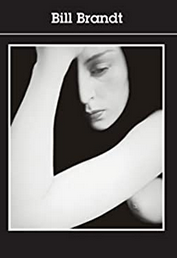
His conclusion - his opinion - was that photography may be a craft but is not ART. There are clearly photographs which have artistic merit but photography is not, in itself, an ART.
I realised, when galleries started exhibiting a certain sort of photograph as ART, that size matters. In fact, there were many occasions when I reckoned that only the immense size of the print was the feature of the piece which made it ART. Reproduce it at gallery dimensions and it will go up in an ART gallery! And that goes for other forms of imagery, too.
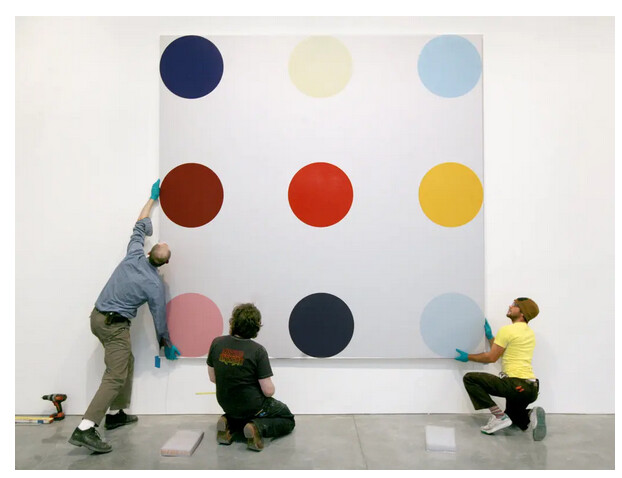
Nine coloured dots on white + big = Art. A few of these might represent some form of artistic expression, ref Mondrian or Briget Riley but Hirst has produced 1500 of these dot paintings.
I saw Salgado’s photographs of the gold miners when they were first exhibited in London. My recollection is that they were +/- 30" x 20". A Salgado print in Tate Britain of his famous photograph of the miners climbing the cliff was accepted in lieu of inheritance tax [I presume a proportion of the tax]. It’s only 435 × 286 mm.
He himself rejects the notion that he is an artist. He says his photographs are reportage. He has a problem, if it can be called a problem, that many of his photographs are, as images. very beautiful even when showing humanity in difficult or tragic circumstances. This aspect of his work attracts a great deal of critiscm.
So, to the Chicago Stock Exchange. The explanation of how it was created is out there, o’nt interweb. If you hire the right people you can get a series of images into any size/shape/format you want. Making panoramas has become very easy now, with the right software [not expensive] and the right head on a tripod.
A friend of mine is an aviation artist. He has done images for many aircraft books and the images on boxes of aircraft kits. He uses a variety of techniques, from painting with brushes, thru’ air-brushing to ‘painting’ with computer graphics s/ware. The end result is copied to computer and then printed off.
His images were rejected by the Association of Aviation Artists [or somesuch name] as not art because they were not painted 100% with brushes and paints.
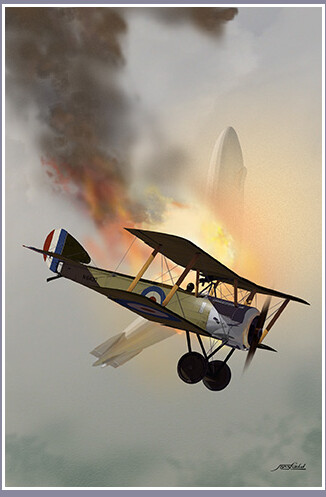
It’s not a photograph. It’s a painting. It’s Art [Aviation Art]
What do I know?
One has to work with a number of definitions in order to deal with the what is art question. My doctorate entailed studying a lot of different aspects of aesthetics in relation to art and design and for several decades, I tried to help students answer this question, by showing them how reason their way through it through judgements of category rather than hierarchical judgements of quality (that’s something to do once one has decided .the category question.
Firstly, photography isn’t art, it’s a medium that can be used to make art works, but most photographs aren’t art, they are documentation. This isn’t a hierarrchical judgement of quality, it’s simply one of category.
However, documentation can become art when it becomes something more than simply the literal. The first photographers to exhibit at Dokumenta, were Hilla and Bernd Becher (who incidentally taught most of the German photographers we’ve discussed above). If one sees a single one of their images in isolation it tends to feel like documentation, whereas when presented together as a block, they become something more, each playing of the others and perhaps entering the realm of the ‘uncanny’. I’m sure you’re very familiar with their work and I’ve put in the eg below for the benefit of others who may be familiar with the Bechers:-
Re Bill Brandt, I think Brassai and Weston are perhaps better suited to this discussion because their work raised the photography as an art medium issue earlier and within the context of an art movement, namely Surrealism.
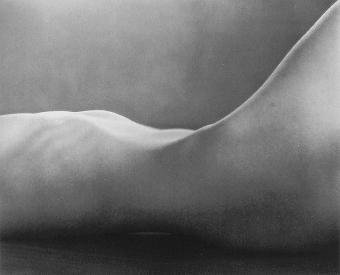
Lastly your aeroplane man, for me like most auto art and marine art and golf art etc, it sits more comfortably within the category of illustration, because it tends towards being literal.
Bonjour Stella. Still love the titfer. Marcel Duchamp nailed a gents urinal to the wall and he was not taking the proverbial.
Had a good laugh at that.
We once saw a plastic tesco bag full of rubbish in the corner of a gallery and tutted until we realised …
another time we saw a Japanese bloke lying on his stomach looking through an outsize pair of specs.
Mind you no worse than Maggi Hambling’s Oscar Wilde up to his neck in bronze although I do love her giant scallop on the beach at Aldeburgh.
Actually, he placed it on a plinth and gave it a title.
I’m still using a thirteen year old version of a package that didn’t used to be subscription based, but no longer have access to advanced 3D modelling (not that I have the urge for that any longer)
Duchamp was a wily chap making the point that it is the concept that makes something art, not the ‘mere’ craftsmanship.
The “It’s Art if I say it’s Art” idea is how we now have factories of people working to make huge balloon animals of Jeff Koon’s computer image creations and sticking dead butterflies on oversized canvasses for Damien Hirst.
I have a sneaky suspicion Duchamp knew exactly that art was becoming a commodity and he was being ironic choosing a urinal and calling it Fountain.
What a well ordered and polite discussion. ![]()
![]()
So Stubbs’ work is not art.
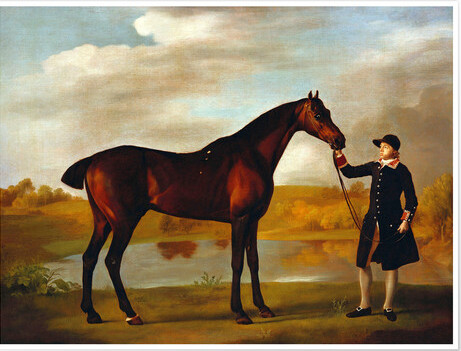
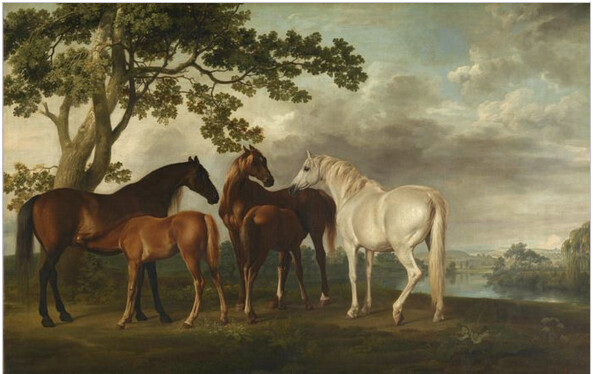
Nor is W.L. Wyllie, the marine artist.
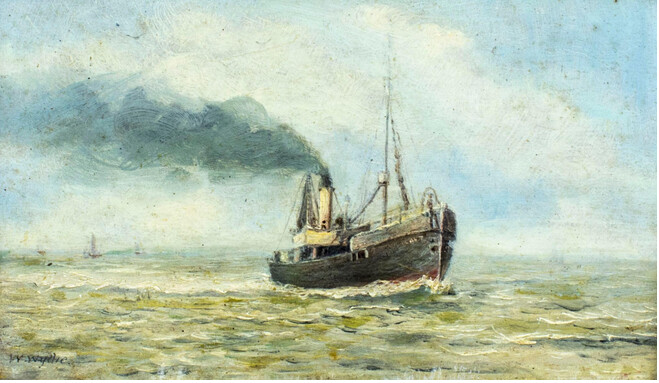
I remember the first publication of the Becher’s photographs of water towers in a magazine. I was sitting around in the photographic studio where I was working, along with other photographers. I can only report that the general consensus was derision.
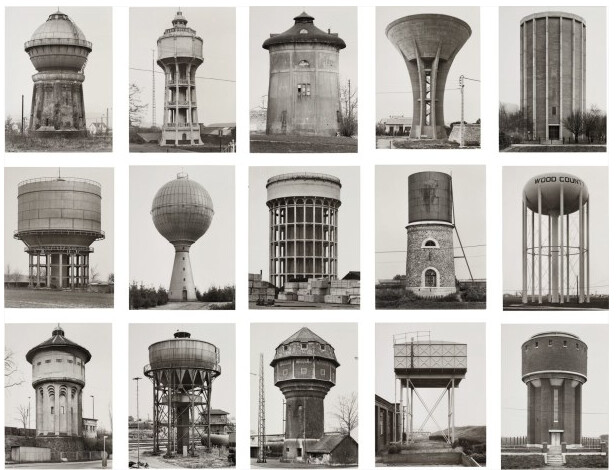
One of those present took this supremely powerful portrait.
Quite so. In Britain, I think that Hirst and Emin have made the most, in every sense, of this notion
This idea has, of course, leaked into music.
The best and really the ultimate example is John Cage’s 4′33″, a ‘musical composition’ by Cage created in 1952 and first performed on August 29 of that year. It quickly became one of the most controversial musical works of the 20th century because it consisted of silence or, more precisely, ambient sound—what Cage called “the absence of intended sounds.”
The opposite of 4’33" is Yoko Ono screaming for minutes on end on some Plastic Ono Band album.
Perhaps the most notorious was a complete body of work ‘smuggled’ out of Czechoslovakia in the period after the Russians stamped out The Prague Spring. These tapes ‘made their way’ to the BBC studios in Maida Vale. The contents were broadcast by BBC R3 regularly for several years until two sound engineers in the radiophonics workshop at Maida Vale confessed that they had recorded random noise and put the whole package together in their lunch hours.
Red faces amongst the R3 music editors …
